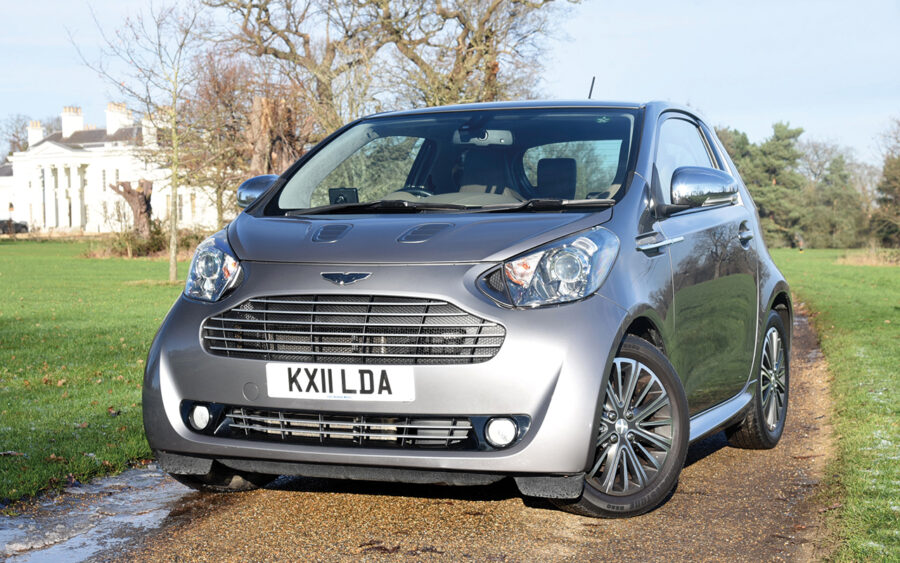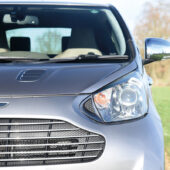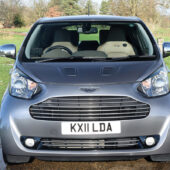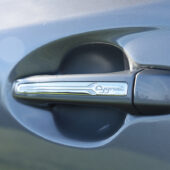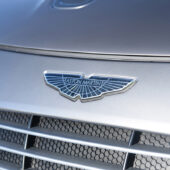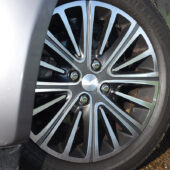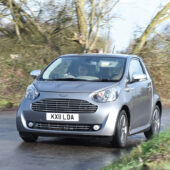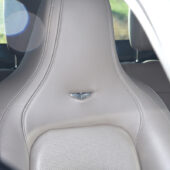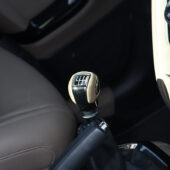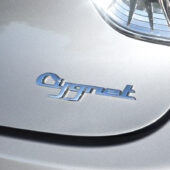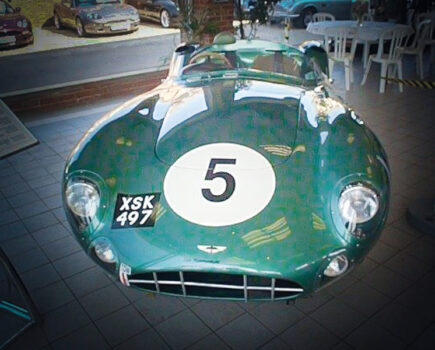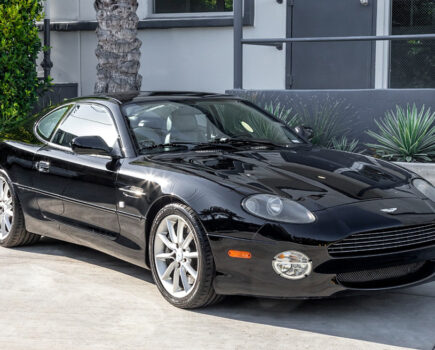Controversial when new but perhaps more beloved a decade later, the Aston Martin Cygnet is a luxury city car with humble Toyota underpinnings. Here’s its story
Words and images: Paul Walton
As the first compact car to be badged an Aston Martin plus its close links to an existing Japanese model, no other model has been as controversial in the company’s 110-year history as this one. “The new Aston Martin Cygnet is either a fabulously clever way to make a heap of money and cut CO2 emissions,” said Car magazine in 2011, “or an abomination not fit to wear the iconic winged badge, depending upon whom you talk to.” And after over a decade since its debut, the same can still be asked of this tiny Aston.
The reason behind the car were new impending fleet emission targets from 2012. Without a parent company to offer more eco-friendly cars to balance out the averages, Aston’s CO2 figures across the model range were too high.
Such a car would also open Aston to a new market. “We need to satisfy demand where we know it exists,” said Aston’s then CEO, Ulrich Bez, when the finished car was finally revealed in 2011. “We have many customers who live in London, Paris, Rome or Milan, and who would like to drive their Aston Martin more often, but with a V12 sports car, it’s just not appropriate. They tell me that they want an Aston Martin that fits better into their urban lives. And it is our job to give them what they want.”
So in July 2009 when Aston Martin announced it would be a rebranding an existing, more fuel efficient car, the project made perfect sense. What took most by surprise, though, was the choice of that car; the Toyota IQ, a tiny, less-than-stylish hatchback that had been around since 2008.
Legend has it, the car’s origins stem from when Bez and Akio Toyoda, the then president of Toyota Motor Co and grandson of its founder, met at that year’s Nürburgring 24-hour race. During a late night party Bez admitted to Toyoda that Aston Martin needed a small car to lower the company’s CO2. After Toyoda replied he’d been disappointed by the sales of the iQ, a plan to help each other out was quickly hatched.
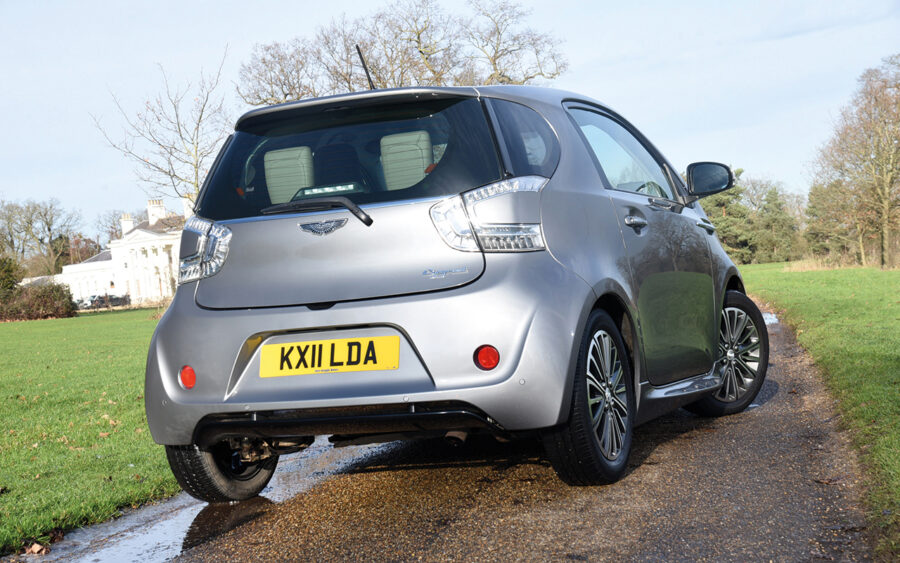
The finished model was named Cygnet and revealed at the 2011 Geneva Motor Show in March. Although it looked similar to the iQ and had the same general proportions, the only panel the pair had in common was the roof. Everything else, including door skins, wings, and bonnet, were all bespoke while at the front was the traditional Aston grille.
Yet despite these changes there was no denying its humble roots. “The Aston Martin Cygnet looked more than a bit out of place amidst its swoopy, low slung, high dollar brethren on the Aston stand at the Geneva show,” said the American magazine, Motor Trend, at the time.
Bez, though, was adamant the move was still the right one. “We’re bringing style, design, and craftsmanship to the small car segment,” was his view at the time of the car’s reveal.
Although the interior was reupholstered in the same quality of leather as Aston’s other models, under the skin was the standard Toyota iQ mechanical components including the 1.33-litre four-cylinder petrol engine with a six-speed manual or continuously variable transmission (CVT).
Press reaction was largely negative. “For car enthusiasts like us, the Cygnet holds little appeal,” was Car magazine’s view.
Even Bez admitted the feedback had been mixed. “It’s a new, younger customer who really likes the car,” he said at the car’s Geneva reveal. “For the more traditional customers, those who have a classic DB4 as well as a DBS – I’d say one or two out of every ten has an objection. They write letters to me threatening that they’ll never buy an Aston Martin again if we make this car.
“But when I write back, invite them to pay us a visit, and explain why we need this car, almost all of them come around. Ultimately they understand that change is needed. The dinosaurs are slowly dying out.”
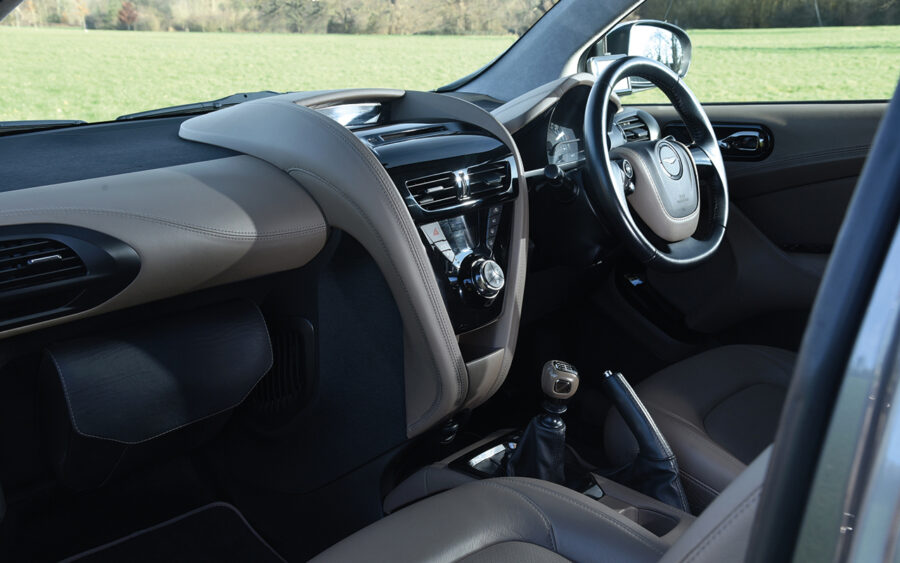
When the Cygnet reached production the following year, completed Toyota iQ donor cars in black, white, or silver, were shipped from the Toyota factory in Takaoka, Japan, to Gaydon where they were transformed into Cygnets which included being repainted in the colour of the customer’s choice. The 150 hours it took to produce a Cygnet was just 50 shy of the DB9’s build time making it very labour intensive for a small car.
It was probably this why at £30,995 the Cygnet was twice as much as a standard iQ, even though it offered the same level of performance and interior room.
Unsurprisingly, the Cygnet was always a slow seller. Despite Aston initially announcing up to 4,000 would be sold annually, when production quietly came to an end in September 2013 a mere 300 had been sold, split 50/50 between the UK and the rest of Europe. This makes it one of the rarest postwar models Aston has ever produced.
Although the Cygnet is very unAston-like to drive, taking almost 12 seconds to reach 60mph, the 97bhp 1.33-litre four-cylinder offers a peppy performance that’s perfect for zooming through busy city streets. However, it still takes almost 12 seconds to reach 60mph and can just about reach 100. This lack of power makes it easy to understand why in 2018 a customer asked Aston’s bespoke division, Q Branch, to build a Cygnet with a 4.7-litre V8 from a Vantage (below).

After driving the version with the six-speed manual ‘box, it’s also easy to understand why more examples were ordered with the CVT. Due to the shortness of the gear linkage, the changes are stiff and notchy and it’s impossible to perform a clean shift in either direction. But other than speed humps suddenly feeling like Everest, its supple suspension results in a surprisingly smooth ride for such a short wheelbase.
Despite what the badge says, the Cygnet clearly isn’t a true Aston Martin; it remains a curiosity in the company’s long history. But both cars still clearly illustrate how even a little Aston charisma can transform even the most mundane and ordinary cars into something much more special.

